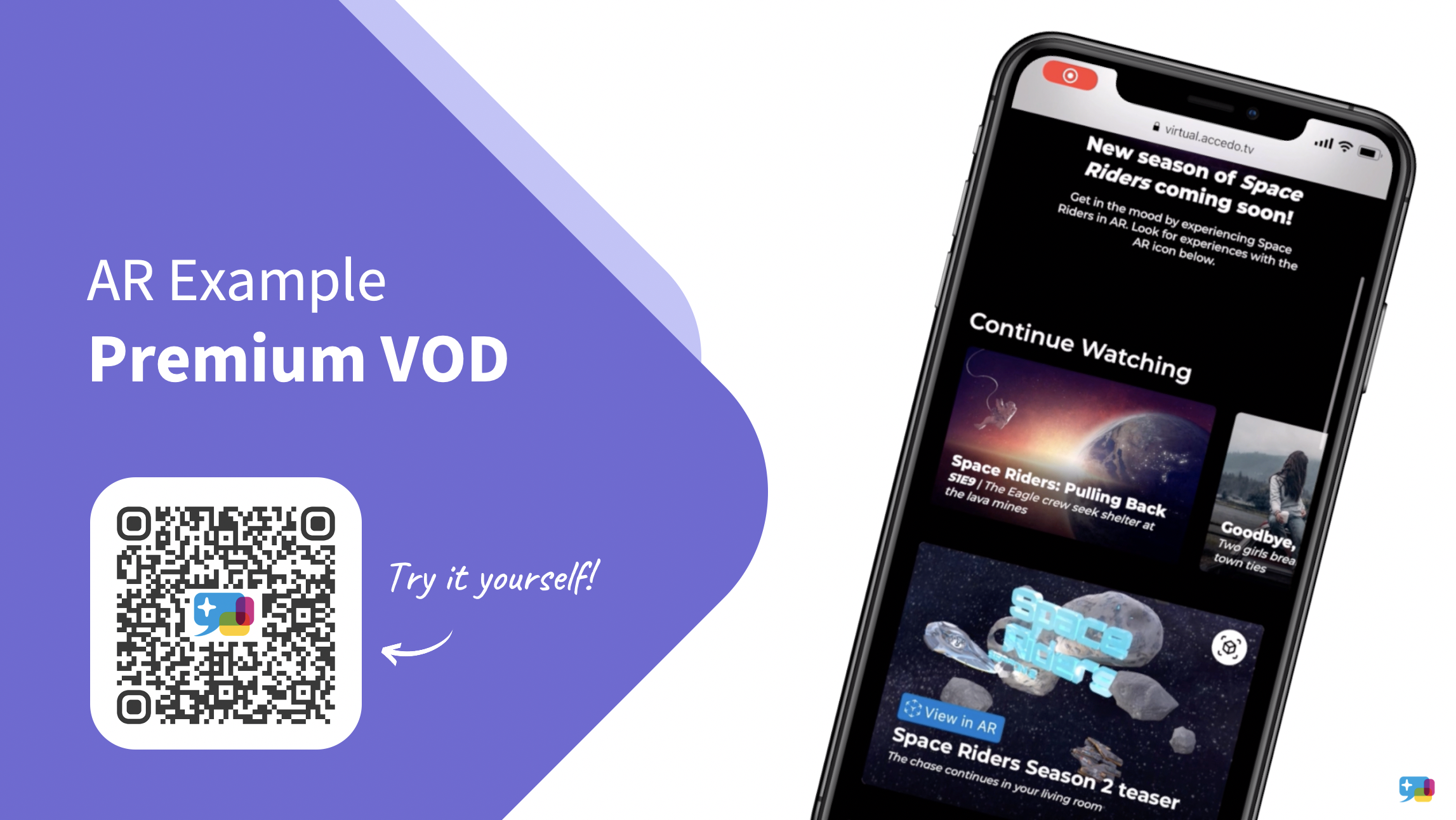
Courtesy of Accedo
This story appears in the December 2020 issue of Television Asia Plus.
This year we have seen unprecedented video viewer numbers across the globe, far exceeding what was anticipated at the start of the period. That is not surprising given the sudden social isolation enforced on people around the world, which has led to a huge increase in time spent at home. According to Nielsen, TV audiences in Taiwan have grown by as much as 1 million viewers and we can see similar trends in other parts of the Asia Pacific region, including mainland China and Hong Kong.
This should be good news for subscriber figures; however, a rise in content consumption invariably comes with a rise in competition, given that consumers have more choices than ever before. The pandemic has also impacted income for many people, leading to a careful review of spending where video subscriptions could suffer as a result. This is especially true where consumers have been using multiple services and decide to cut down on costs by keeping only the ones they deem most valuable.
Amidst this increased competition, video providers need to deliver compelling services to differentiate and keep consumers engaged. There are a number of innovations that we think will be particularly important as we go through this new entertainment paradigm shift.
Seamless AR
Augmented Reality (AR) is already available across more than 1 billion consumer devices. It is being used by a mass audience, embedded in shopping apps and games, and consumed on mobile and tablet devices. It can literally be integrated into any app and any platform. The key to adding value with AR is not about creating new long-form content. Rather, its most compelling use case is to seamlessly complement existing videos to make your app look better and to increase user engagement.
This could, for example, mean using AR to promote an upcoming film release or to create a small experience with cartoon characters for kids. Equally, the technology can be leveraged to add value to sponsors by enabling highly engaging and interactive ads. Amidst the COVID-19 pandemic, it has become more important than ever for video services to deliver increased value to advertisers. For sports sponsors, this could to some extent replace the normal interaction they can expect with customers during live sports matches.
Watch together
Certain video content lends itself to being watched together with family and friends. Whether it is the latest movie release or a sporting match, people are missing that social interaction they would normally get before COVID. While the world struggles to get back to a level of normality, social watching can recreate some of that atmosphere even if we can’t be together in person. It also makes it possible to watch content together with friends and family that live far away.
We have already seen some interesting examples of social watching. Disney has launched GroupWatch, allowing up to seven people to sync the streaming of any title on the platform in a virtual setting through the app. BT Sport has also launched its own Watch Together function, allowing viewers to consume live sports content together with their friends. Whatever the use case, it is important to ensure that videos automatically sync so that everyone within the group is watching the exact same thing at the exact same time. Imagine your friend commenting on a goal seconds before you see it!
Portrait video
At the start of 2020, Accedo put together video-related predictions for 2020. Among the predictions is that portrait video is expected to become increasingly important. Noticeably, the industry is moving in that direction, with the launch of a rotating TV, Sero, for Samsung, and a number of Chinese dramas being filmed in vertical orientation. With more consumers viewing video on mobile devices and the rising popularity of platforms such as Snapchat and TikTok, it made sense to predict that portrait video was to become increasingly attractive. To some extent, the trend has not evolved as expected primarily due to a stop to travel and the fact that most viewing is now taking place at home. However, once travel bans are lifted and things return to normal, portrait video is likely to once again become an interesting proposition.
Future
While the pandemic-induced surge in video viewing might not last in a world post-COVID, the media industry has a unique opportunity to tap into new innovation to take an enhanced user-centric approach. It is the video providers that take advantage of these opportunities that will ultimately win the hearts of consumers in the long run.
About the author:
José works in the Innovation Department at Accedo, based in Stockholm. He focuses on developing innovation strategy for Accedo’s global customers, including top tier brands such as Globo Brazil, Deutsche Telekom, and France Télévisions. As a part of the Innovations Team, he is always enthusiastic about applying the latest technology to the Video Industry. José is often called upon to share Accedo’s research and experience at conferences and panels at the most relevant trade shows within the video tech industry.







